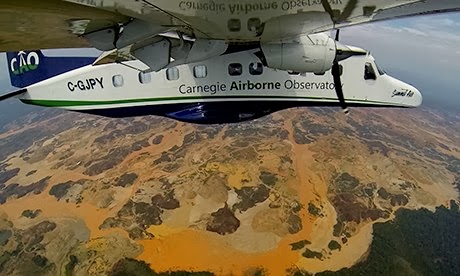We rise up from Cuzco to arrive in the Andean valley town of Tinke. The Mamitas wear traditional flat hats and wool dress, and the men dress in work clothes that look like they come from Chinese fashion shops. It's a functional style, made for the elements and obtained from what's at hand, and the people are attractive. On most days there are sheep being slaughtered in the streets, vegetables and cuy being sold in open markets - the feeling all around is electric, alive and beautiful. People smile and speak in Quechua. From this view it's hard to tell, because you can't yet see, that behind this authentic scean in an Andean town there is a chain of mountains so tall and so imposing that you might lose your breath for a moment if you could. It is Ausangate: the sacred apu, sacred mountain. The impact is palpable to anyone who sees them, and you don't have to be spiritual to see how these mountains give life. The glaciers cloaking these towering 7500m peaks feed the rivers that flow through the highlands and into the amazon basin. These mountains make weather systems. It is something enchanting to be part of the mix that pulses alive with sunlight, cloud, water, rock, and tradition. Once you rise higher still to the mountain villages you will be surrounded. The landscape changes. And the people who live here are like any others, they wish their children a bright and good future. Being alpaca herders, weavers, and potato farmers means that the subsistence based economic life of the villages here gives everyone ties to the past, though the recent influx of tourism to the area has brought with it new ideas, new languages and new opportunities. Where in the last decades this area has seen an outflow of people searching jobs elsewhere, now there are opportunities literally coming to there doors. Usually travelers come here to hike the mountain circuits, or to offer despachos around the lakes and mountains, but then they find themselves staying for the beautiful hospitality and the hot thermal waters that help life in this cold, high place relax and stay warm.
We immediately felt inspired when we came in December 2014. And supporting culture that protects the environment and preserves language and tradition are important values in my work with sustainability initiatives. On our second visit we organized a community meeting in Pacchanta. They are eager for opportunities that can help them make good choices and develop sustainably, as well as keep jobs in the community. We are going back in the end of April to begin strategic planning with them, and keep developing our friendship and partnership. Together we will organize and move forward together, slowly and carefully, to be able to keep developing, promoting and valuing the kinds of opportunities that help keep the environment and culture vibrant, authentic and healthy. English-Quechua language exchange, traveling health clinics, home-made soap and environmental care initiatives, hot-houses for food and nutrition diversification with high-elevation maca trials, as well as slow-tourism are all possibilities we have thought of. Together, who knows what else could be. For now we go slow, in awe of the beauty and kindness here. If you're interested in taking part, let us know.
Here are some pictures from our time. More can be found at https://www.flickr.com/photos/128435253@N07/with/16786744790/
We immediately felt inspired when we came in December 2014. And supporting culture that protects the environment and preserves language and tradition are important values in my work with sustainability initiatives. On our second visit we organized a community meeting in Pacchanta. They are eager for opportunities that can help them make good choices and develop sustainably, as well as keep jobs in the community. We are going back in the end of April to begin strategic planning with them, and keep developing our friendship and partnership. Together we will organize and move forward together, slowly and carefully, to be able to keep developing, promoting and valuing the kinds of opportunities that help keep the environment and culture vibrant, authentic and healthy. English-Quechua language exchange, traveling health clinics, home-made soap and environmental care initiatives, hot-houses for food and nutrition diversification with high-elevation maca trials, as well as slow-tourism are all possibilities we have thought of. Together, who knows what else could be. For now we go slow, in awe of the beauty and kindness here. If you're interested in taking part, let us know.
Here are some pictures from our time. More can be found at https://www.flickr.com/photos/128435253@N07/with/16786744790/


























































